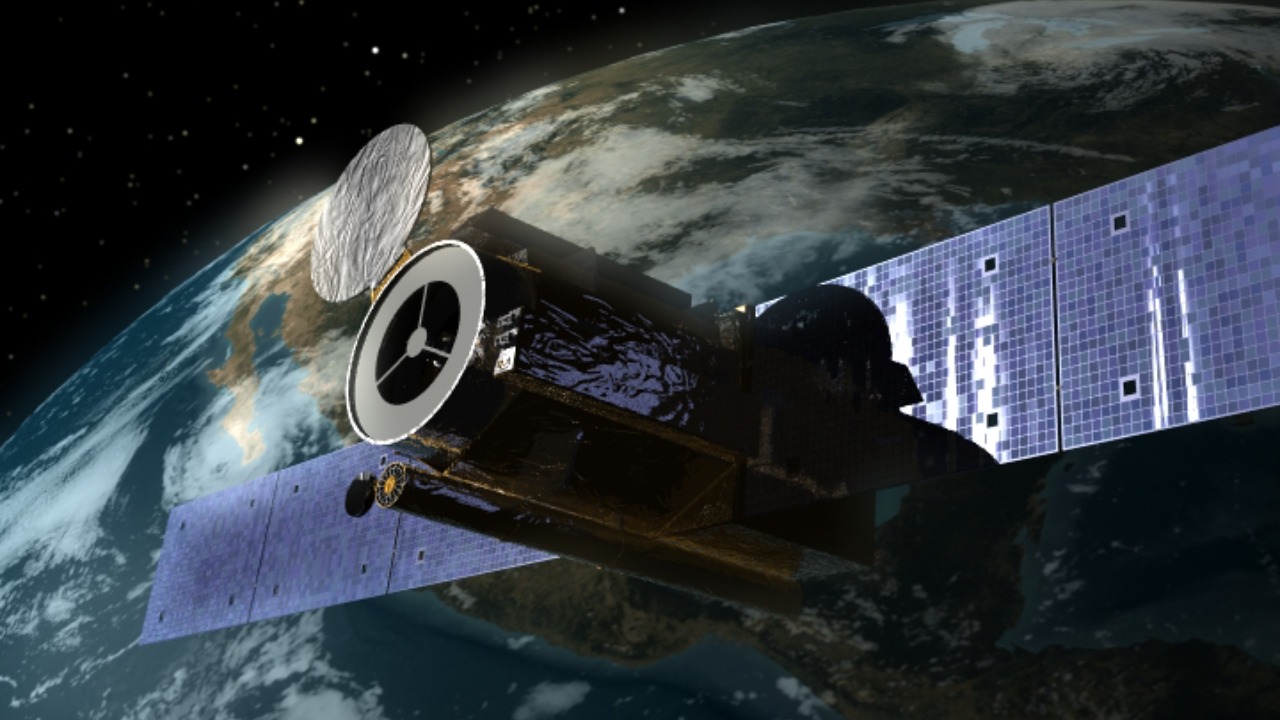
Japan’s space program is set to make history in 2025 by beaming solar energy from an orbiting satellite down to Earth, marking the first significant test of orbital power transmission. This ambitious project follows a successful 2023 demonstration where a satellite beamed solar power to Earth for the first time. Building on plans announced in 2024, Japan’s initiative leverages recent advancements in thin-film solar arrays, tested by NASA and Ascent Solar, to enhance the efficiency of space-to-Earth power transmission.
Early Demonstrations of Space-to-Earth Power Beaming
The 2023 experiment marked a pivotal moment in the field of wireless energy transmission. A satellite successfully beamed solar power down to Earth, showcasing the potential of converting solar energy in space and transmitting it via microwaves or lasers to ground receivers. This achievement was a crucial proof-of-concept, demonstrating that the technology could work beyond theoretical models and ground-based simulations. The experiment validated the core technology needed for larger-scale efforts, setting the stage for future developments in space-based solar power.
This initial demonstration was significant because it provided real-world validation of the technology, distinguishing it from prior theoretical or ground-based simulations. The success of the 2023 test laid the groundwork for more ambitious projects, proving that the concept of space-to-Earth power transmission was not only feasible but also ready for further exploration and scaling. The implications of this technology are vast, potentially revolutionizing how we harness solar energy by providing a constant power source unaffected by Earth’s weather or day-night cycles.
Japan’s Announced Plans for 2025 Orbital Test
Japan’s plan to launch a satellite in 2025 to beam solar power to Earth represents a significant step toward practical orbital power transmission. As outlined in 2024, this initiative aims to demonstrate the feasibility of space-based solar power on a larger scale. The 2025 timeline is crucial as it marks Japan’s first operational test of this technology, moving beyond small-scale demonstrations to a more comprehensive evaluation of its potential. This effort is part of a broader strategy to integrate renewable energy sources into the global power grid, addressing the growing demand for sustainable energy solutions.
In May 2025, Japan announced its strategy to transmit energy from an orbital platform directly to Earth-based receivers. This announcement underscores the country’s commitment to advancing space-based solar power technology and its potential to contribute to global energy needs. By focusing on the practical application of this technology, Japan aims to position itself as a leader in the field, paving the way for future innovations and collaborations in space-based energy solutions.
Technical Advancements Enabling the 2025 Test
The collaboration between NASA and Ascent Solar has played a crucial role in advancing the technology needed for space-to-Earth power transmission. Their development of thin-film solar arrays is specifically designed to enhance the efficiency of collecting and transmitting solar energy from space. These arrays, tested in June 2025, are lightweight and capable of withstanding the demands of continuous solar exposure in orbit, making them ideal for use in space-based solar power systems.
These technological advancements have been integrated into Japan’s satellite design for the 2025 test, ensuring that the system can efficiently collect and transmit solar energy. The use of thin-film solar arrays not only improves the efficiency of energy collection but also reduces the overall weight and cost of the satellite, making it more feasible for large-scale deployment. This integration is a critical component of Japan’s strategy to demonstrate the viability of space-based solar power and its potential to contribute to global energy solutions.
Significance of Japan’s First Real Orbital Test
The October 2025 reporting on Japan’s initiative highlights it as the first real test of orbital power transmission, marking a milestone in the development of space-based solar power technology. This test is significant because it moves beyond prior small-scale demonstrations, focusing on scaling up the technology to provide a viable solution for global energy needs. By successfully demonstrating the ability to beam energy from space to Earth, Japan is paving the way for future integration of this technology into the global power grid.
The potential impact of this technology is immense, as it offers a constant solar power source that is unaffected by weather or night cycles on Earth. This capability aligns with global renewable energy goals, providing a sustainable and reliable energy source that can help reduce dependence on fossil fuels. As Japan continues to advance its space-based solar power initiatives, the implications for the future of energy are profound, offering new possibilities for addressing the world’s growing energy demands.
For more information on Japan’s groundbreaking efforts in space-based solar power, visit The Daily Galaxy, BGR, Science.org, TS2 Tech, and Space.com.